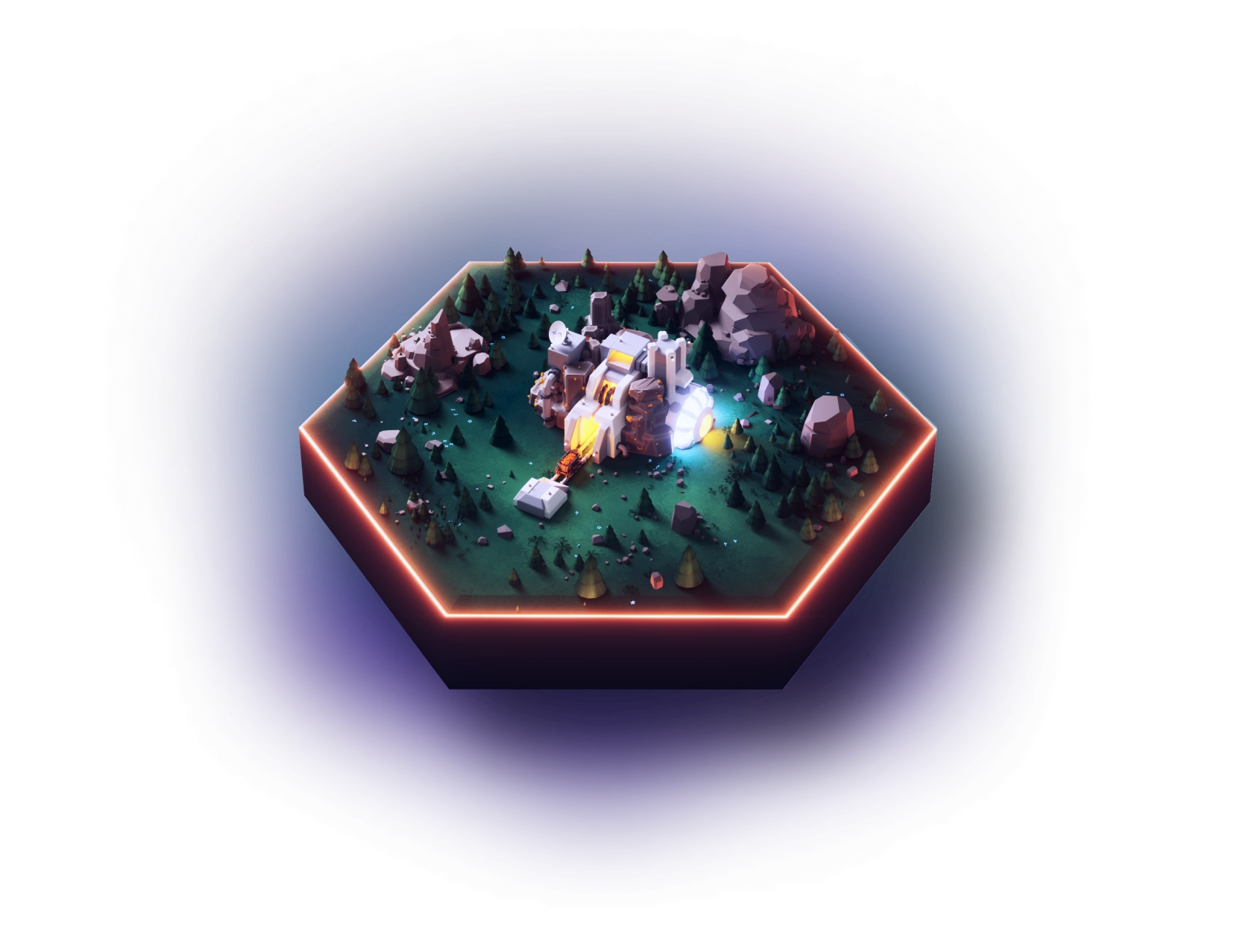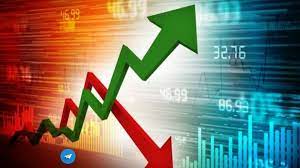Welcome to this article on the economy of $Uland. In this piece, we will explore the various aspects that make up the economic landscape of this country. From its history and geography to its culture and current state, we will delve into every detail that shapes the economy of $Uland. This article aims to provide a comprehensive understanding of how $Uland’s economy has evolved over time and what factors have contributed to its success or challenges. So, sit back, relax, and let us take you on a journey through the fascinating world of $Uland’s economy.
Overview of $Uland
$Uland is a country that has been making steady progress in its economic development over the past few years. The nation has a population of approximately 50 million people, and its economy is largely driven by agriculture, manufacturing, and services. The country’s GDP has been growing at an average rate of 6% per year, which is impressive considering the challenges it has faced.
One of the key factors contributing to $Uland’s economic growth is its strategic location. The country is situated in a region that provides access to major markets in Europe, Asia, and Africa. Additionally, $Uland has invested heavily in infrastructure development, including roads, railways, airports, and seaports. This has helped to improve connectivity within the country and with other countries in the region.
Another important aspect of $Uland’s economy is its natural resources. The country is rich in minerals such as gold, diamonds, copper, and cobalt. These resources have attracted significant foreign investment into the mining sector. Furthermore, $Uland’s agricultural sector produces a variety of crops such as coffee, tea, maize, and cassava.
Overall, $Uland’s economy shows great potential for continued growth and development. However, there are still challenges that need to be addressed such as corruption and political instability. Nonetheless, with proper management of its resources and continued investment in infrastructure development and human capital formation programs; $Uland can continue on its path towards becoming a prosperous nation.
History of $Uland
$Uland has a rich and complex history that has shaped its economy and society. The earliest known inhabitants of the region were indigenous tribes who lived off the land and engaged in trade with neighboring communities. In the 16th century, $Uland was colonized by European powers, which brought new technologies, religions, and economic systems to the region.
During the colonial period, $Uland’s economy was based on agriculture and mining, with crops such as coffee, cocoa, and sugar being major exports. However, this system was built on the exploitation of indigenous peoples and African slaves who were forced to work under brutal conditions. In the 19th century, $Uland gained independence from its colonizers but continued to struggle with poverty and inequality due to a legacy of colonialism.
In recent decades, $Uland has made significant strides towards economic development through policies aimed at diversifying its economy and reducing dependence on exports. Today, $Uland is known for its growing technology sector and innovative startups that are driving economic growth in the country. Despite these positive developments, however, many challenges remain in terms of poverty reduction and social inequality.
Geography of $Uland
$Uland is a country located in the southern hemisphere, bordered by the ocean to the east and west. The country spans over 500,000 square kilometers and has a diverse landscape that ranges from lush rainforests to arid deserts. The country is divided into three main regions: the coastal region, the central highlands, and the eastern lowlands.
The coastal region of $Uland is characterized by its long stretches of sandy beaches, rocky cliffs, and warm tropical climate. It is home to many popular tourist destinations and serves as a hub for international trade. The central highlands are mountainous with fertile valleys that support agriculture and livestock farming. This region also boasts several national parks and reserves that attract nature enthusiasts from all over the world. Finally, the eastern lowlands are flat grasslands that are ideal for cattle ranching.
Overall, $Uland’s geography plays a significant role in shaping its economy. Its diverse landscape provides ample opportunities for various industries such as tourism, agriculture, mining, and manufacturing. Additionally, its strategic location on the coast makes it an important player in international trade.
Culture of $Uland
The culture of $Uland is a rich and diverse blend of traditions, customs, and beliefs. The people of $Uland are known for their hospitality, warmth, and friendliness. They take pride in their cultural heritage and are always eager to share it with visitors.
One of the most prominent aspects of $Uland’s culture is its music. The country has a vibrant music scene that encompasses everything from traditional folk music to modern pop and rock. Music plays an important role in the lives of the people, and it is not uncommon to see impromptu performances on street corners or in local cafes.
Another important aspect of $Uland’s culture is its cuisine. The food in $Uland is a reflection of its diverse history and geography. From hearty stews made with locally grown vegetables to spicy curries influenced by neighboring countries, there is something for everyone in $Uland’s culinary scene.
Overall, the culture of $Uland is a fascinating mix of old and new, traditional and modern. It is a testament to the resilience and adaptability of its people, who have managed to preserve their unique identity while embracing change and progress.
Conclusion
In conclusion, the economy of $Uland is a complex and dynamic system that has undergone significant changes over the years. Despite facing numerous challenges, including political instability and natural disasters, $Uland has managed to maintain a relatively stable economy with a diverse range of industries. The country’s unique culture and geography have played an important role in shaping its economic landscape, with agriculture and tourism being major contributors to its GDP. While there is still room for improvement, $Uland’s economy shows great potential for growth and development in the coming years. As such, it will be interesting to see how the country continues to adapt and evolve in response to changing global trends and emerging technologies.



